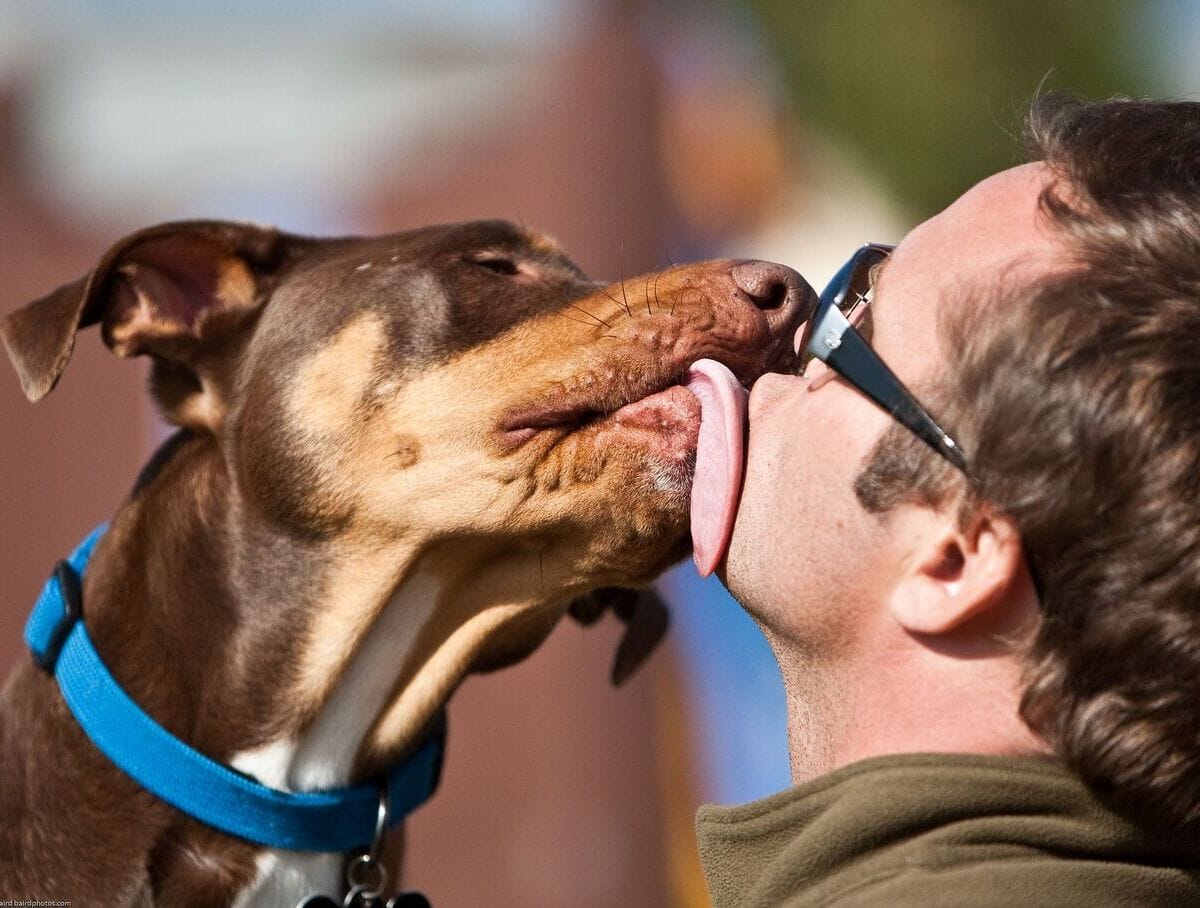It is widely believed that dog saliva is a natural antiseptic and is useful for healing wounds in both animals and humans. We decided to check how true this is.
The benefits of dog saliva are often written about in the media and on social networks. For example, the website wrote about dog saliva as a natural antiseptic Life.ru: In this article, a veterinary expert stated that “no infection can be transmitted through saliva.” The same expert repeated these words in an interview “Evening Moscow" Similar theses are often found in social networks and on forumsdedicated to pets. On Pikabu a post about the healing properties of dog saliva collected more than 35 thousand views, on Zen - more than 21 thousand.
The most detailed study of the properties of dog saliva held in 1990 by University of California specialists Benjamin Hart and Karen Powell. This work is still cited by other scientists. The purpose of the study was to study the bactericidal effect of saliva on wounds. Scientists have found that dog saliva actually, in some cases, helps dogs themselves cope with bacteria - for example, E. coli (Escherichia coli) and canine streptococcus (Streptococcus canis). However, saliva does not have a significant effect on Pseudomonas aeruginosa and coagulase-positive staphylococci.
That is, the study authors determined that dog saliva in some cases helps heal wounds in dogs. In the case of wounds in humans, the situation is more complicated. In 2017, Japanese doctors detailed studied a case of human infection with canine streptococcus, which entered the patient’s body after he was bitten by a domestic dog. The authors of the work clarify that the transmission of this infection from a dog to a person is a very rare case, but in the last part of the study they draw attention to the fact that pet owners are always at risk of contracting various diseases from their pets.
Among other infections, for example, pasteurellosis occurs. In 2021, Taiwanese infectious disease specialists described case of illness endocarditis 21-year-old patient. The causative agent of the infection was Pasteurella multocida, which came into the body from a pet.
The saddest incident was fixed scientists in Austria. A 41-year-old patient injured his leg and then decided to let his dog lick the wound. He later said that he regularly did this with his wounds because he was confident in the healing properties of dog saliva. He was admitted to the hospital with septic shock and progressive tissue necrosis. Doctors saved the patient's life, but to do this they had to amputate both his legs below the knee, several phalanges of his fingers and part of his nose. The cause of all these disasters was a bacterium Capnocytophaga canimorsus, which entered the patient’s body with the dog’s saliva. It is harmless for animals, but under certain circumstances (weakened immunity, contact with an open wound, liver disease due to alcohol abuse) it can be dangerous for humans. In the case of the Austrian patient, all these factors came together.
Finally, the greatest risk when dog saliva enters the human body is rabies. World Health Organization (WHO) warnsthat the infection can be transmitted through “direct contact of the saliva of an infected animal with mucous membranes or fresh wounds on human skin.” Rabies is carried by bats and wild animals, but in 99% of cases people become infected from domestic dogs, WHO states.
Thus, we can come to the conclusion that dog saliva helps heal wounds mainly in dogs themselves and not in all cases. When it comes to treating human wounds with dog saliva, medical research and clinical practice show that this is not a good idea: the risk of aggravating the situation through infection becomes much higher.
Mostly not true
If you find a spelling or grammatical error, please let us know by highlighting the error text and clicking Ctrl+Enter.






